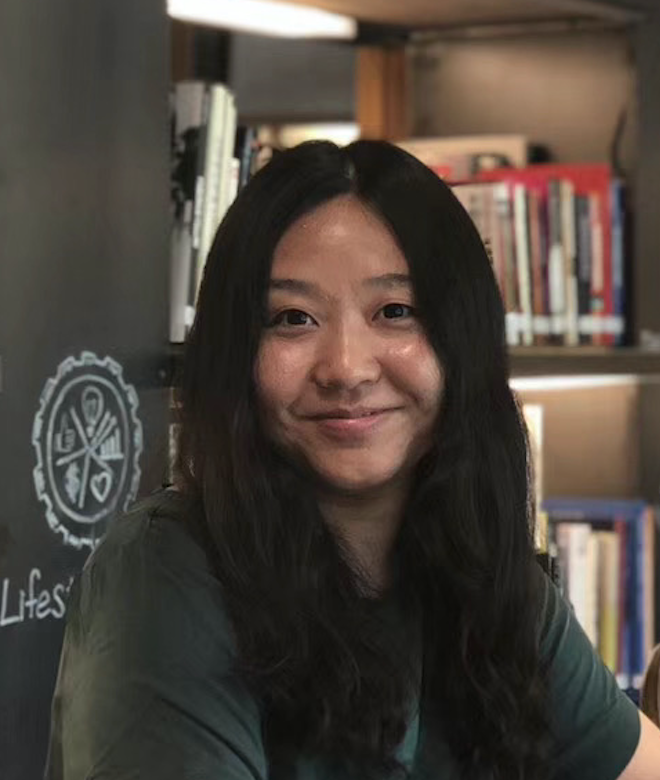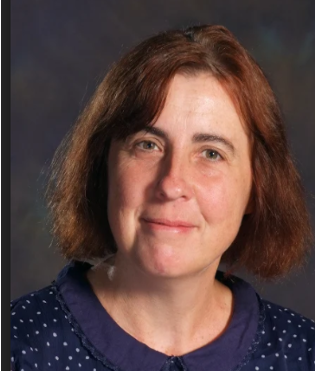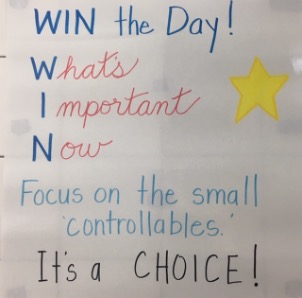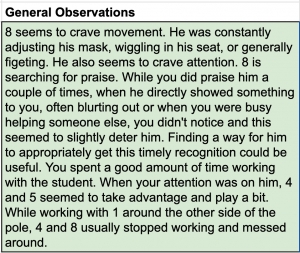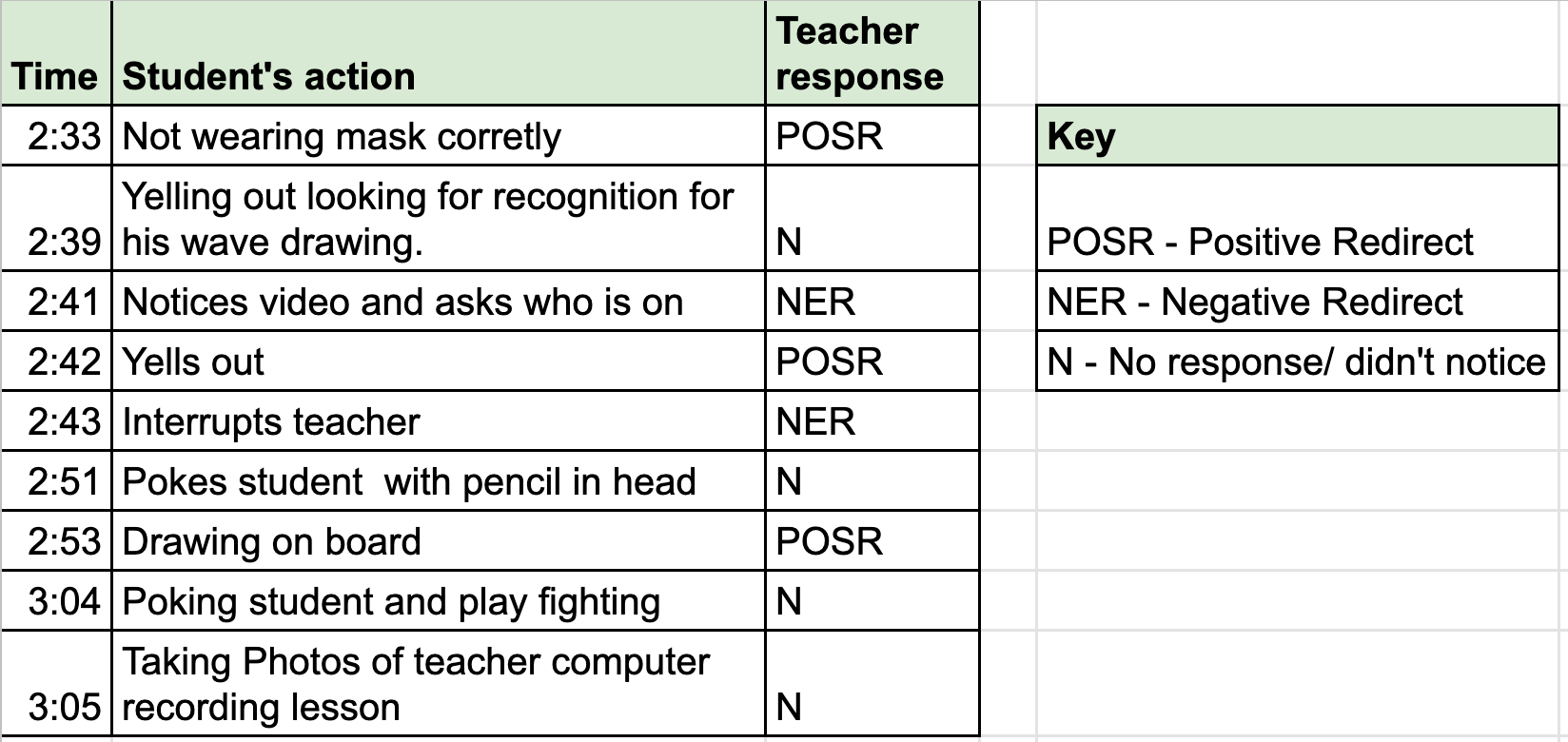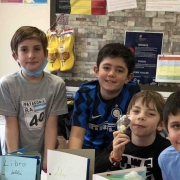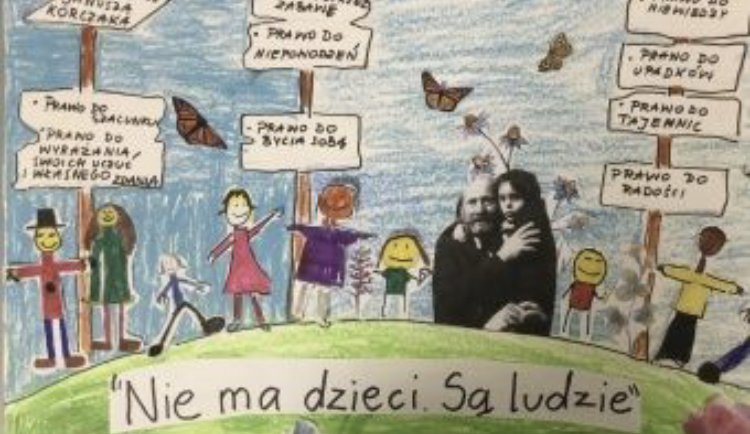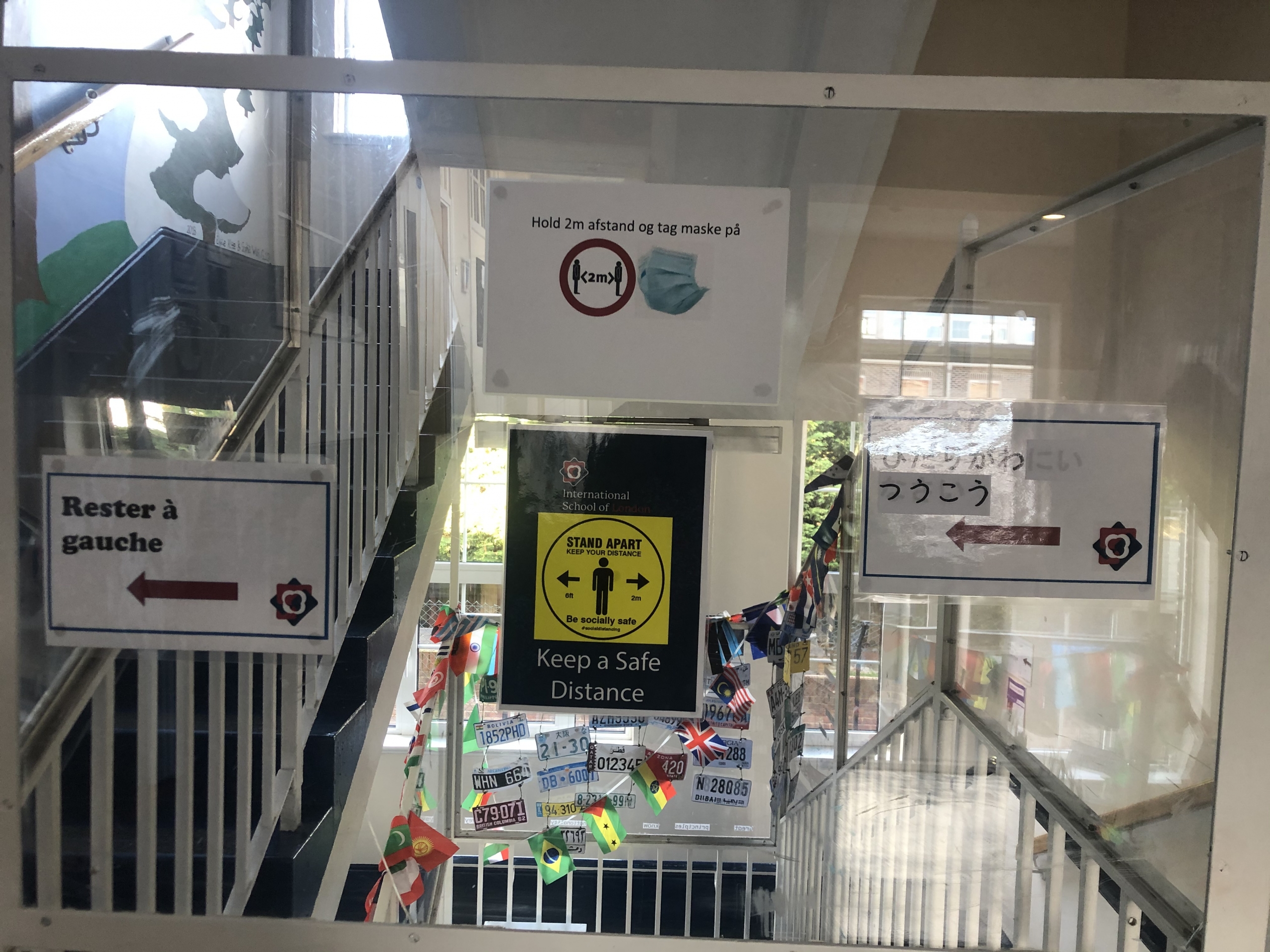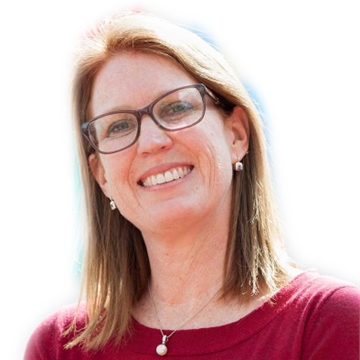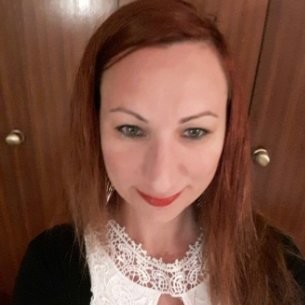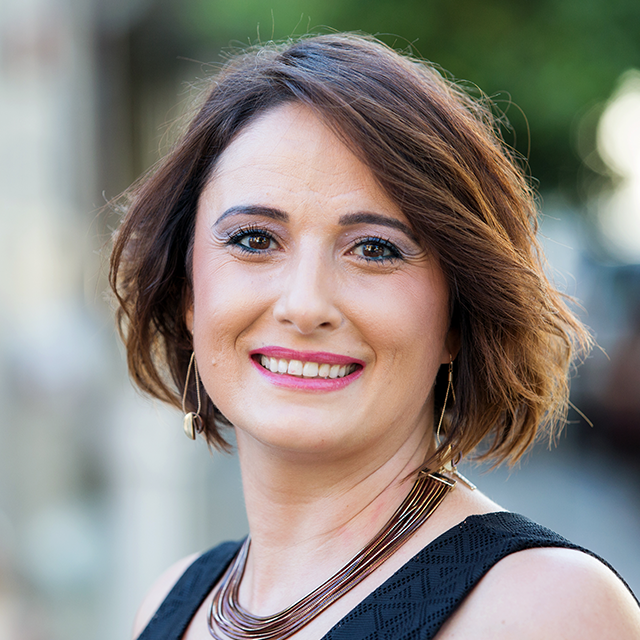Debra Lane, Ed.D., Jolene Lockwood, Ann Marie Luce, Ed.D., Bridget McNamer, Francesca Mulazzi, Ed.D., Lindsay Prendergast
If you aren’t aware of the gender imbalance in education leadership, especially in international schools, it’s possible you’ve been living under a rock. And it may be a rock worth a long visit and careful study if it’s one where gender imbalance isn’t a thing. The rest of us will have so much to learn from that! Because what the women leaders contributing to this article can tell you from experience is that leading as a female in an international school is an adventure, sometimes of the very best kind, but too often of the unnecessarily challenging and depleting kind.
We are all well aware that leading in an international school is demanding, gender notwithstanding. Then there’s the reality that the leadership post and pathway was created with a white male prototype in mind – a white male with no real personal life and no family responsibilities at home. Women traversing the landscape either find themselves trying to follow the prototype pathway or figuring out workarounds… or trying to forge a new pathway based on their lived experiences and inherent attributes.
This article’s contributors are experienced women leaders who are frustrated with the traditional leadership pathway and have come up with visions, strategies and tips for moving more women into the leadership ranks of international schools. We came together as one of the Sidecar Rally cohorts of women leaders brought together by Sidecar Counsel, a coaching and consulting practice dedicated to elevating women leaders in international schools. We learned so much from each other about how to navigate the obstacle course that is the leadership path for women that we decided to promote our learnings more broadly. We think this will make things better for everyone, males included. — Bridget McNamer
Overcoming Fear of Failure
Dr. Debra Lane
The reason women are afraid to fail is that no one walks around celebrating their failures. Failure is invisible. All you see on resumes and social media are people’s success. Publicly admitting defeat is such a novel concept that when Princeton University Professor Johannes Haushofer created a resume of his failures (https://www.businessinsider.com/failure-resume-2019-2), it went viral. Big failures mean you had courage. Make a list of your failures and see how impressive they are compared to your successes. Courage comes from a place deep inside, where fear loses a battle against faith: faith in oneself and faith in the possibilities. Without this adherence to the knowledge that the outcome is more rewarding than the fear, there would never be any reason to take risks. And women, who so often strive for perfection, who limit themselves for fear of not meeting up to the standard, for appearing weak, for not getting it right, will all too often convince themselves that the risk is not worth taking. Leadership appears in women who model courage. Gloria Steinem has said “being brave is not being unafraid, but feeling the fear and doing it anyway… When you feel fear, try using it as a signal that something really important is about to happen.” [AR1]
The women in international schools have taken huge risks: moving to new countries, establishing boundaries, stepping outside of their comfort zone, defying limits that have been externally imposed. They have challenged the norm, the status quo, traditional gender roles. They have continued to challenge themselves professionally while raising children. Courage involves a willingness to fail, and an inherent understanding that failure is really gain disguised as loss.
Balanced and Wholehearted Leadership
Jolene Lockwood
Leaders are explorers, pioneers, and adventurers, bravely putting one foot in front of the other to lead courageously even when we may not have all the answers and especially given uncertain and challenging times. Leading requires us to empower teams to think flexibly, with benevolence and curiosity to break free of anxiety and static thinking. There are a number of ways that we can make this happen using three leadership superpowers.
Cultivate Curiosity
To be courageous requires us to be vulnerable, open, and curious. The research of Dr. Brené Brown defines vulnerability as uncertainty, risk, and emotional exposure. This does not mean we need to disclose details about what the struggles are; it just means that we need to be honest about it. It might sound like, “We have a lot on our plates right now…” or “Wow, I’m struggling today, and I’ll do the best I can. So we need to focus on…” It is acknowledging that something exists, but not rambling on about it.
Be Self-Aware
This is the notion of, “What are we paying attention to and why”? What do I observe, measure, and learn? How will this inform my decisions?” Self-awareness is about identifying what the stories we make up are and fact-checking them. The brain will make up a story about what is happening when we don’t have all the facts. This is why it is important to check ourselves and our stories before we wreck ourselves with assumptions. Combat this by engaging in a data search. Who might I need to check in with to validate or dispel my assumptions?
Be Benevolent and Empathetic
When we listen in with curiosity, without interruption or judgement, we strengthen our connections with others. Empathy is the antidote to anxiety. Listening in with empathy and understanding requires non-judgment, perspective-taking, and honoring the other’s story as their truth. And when we respond, we do so without providing sympathy or solutions.
Practicing and integrating these skills is not easy. It requires persistence, being imperfect, messing it up, and circling back to try to get it right the next time. The result can be tremendously empowering for oneself, and deeply impactful on the communities we lead.
Mindful Leadership: A Learning Journey
Dr. Francesca Mulazzi
When I was a teacher and an aspiring principal, I worked for two different middle school principals who each consistently demonstrated cool in a fast-paced school environment.
However, once I got my first job as an international school principal, I felt exhaustion and disorientation. I was overwhelmed from dawn to dusk. There were decisions to make, teachers who deserved my time and attention, families in crisis, and the long hours of working at a job that I loved.
I asked myself, “How did my mentors maintain calm in the storms of the principalship?” If I want to be effective and ultimately meet the needs of students, I need to do better. My learning became purposeful: observe, ask questions, research, learn, practice, repeat.
So began my research and learning. I dove into mindfulness, meditation, and mindful leadership. I completed a Mindfulness-based Stress Reduction course, sat a Vipassana retreat, and developed a regular meditation practice. I attended a Mindful Leadership Summit and learned from internationally renowned experts about emotions and mindfulness in the workplace.
I entered a doctoral program with a burning wondering: how do I maintain equanimity while leading through a storm? I developed a study that measured stress and burnout in international school principals, tying it to the coping strategies they employed. I learned that Mindfulness constructs are behaviors that I can develop and sharpen. I am applying what I have learned in my role as a school leader in Washington. When I feel overwhelmed, I name it. If a frustrated teacher comes to me, I listen. I practice being present. I pause when my heart is beating too fast. I take breaths. Years of reading, research, learning, and practicing has brought me to the point where I am now, a mindful school leader (on most days!).
Leadership May Be Lonely, But You Are Not Alone: Building Networks, Opening Doors
Lindsay Prendergast
There is an (incorrect) assumption that developing professional connections is a self-serving endeavor solely to close business deals or gain access to “inner circles”. Rather, building a diverse network of colleagues has far greater benefits. For women, who may be the minority on a team, networks provide support and also professional guidance for the otherwise isolating work at hand. Sharing experiences can mitigate the perception you are the source of issues being faced, when it may in fact be the imbalanced work environment. Together, we learn we are not alone. Connecting our talents may catalyze everyone’s success towards unimagined destinations, and our collective voices carry further and reach more ears.
Where do we build such networks? Anywhere women leaders gather! Twitter and LinkedIn are not only for hearing others personal accomplishments. See a woman leader’s work you admire? Tell her in a direct message! Participate in Twitter chats and you may find common interests or roles and open a conversation. Read an interesting article? Contact her. Ask about her work, perhaps suggest a future collaboration. If initiating a conversation with strangers sounds daunting, attend webinars or conferences. Discussions in breakout rooms or at a session table can carry into a contact exchange, building a PLN (Professional Learning Network).
You may hear of the merit of mentors in building your career, yet a sponsor may influence your growth in far more direct ways. Sponsors directly make referrals and open doors to meet their own contacts, a practice men have been applying for centuries. Are there women leaders in your network who could qualify as a sponsor? Perhaps they only need you to let them know your aspirations and they can offer strategic support. Whether the result is a new professional opportunity or a learning experience, your network has just expanded that much more.
A Gender-Inclusive Evaluation Framework for School Leaders
Dr. Ann Marie Luce
When examining how leadership is evaluated, research reveals that traditional leadership is defined in masculine terms. Women often receive less favorable evaluations because of this bias towards male-dominated performance expectations. Male leaders are charismatic, assertive, competitive, agentic, and visionary. When women take on these same characteristics as their male counterparts, they are often perceived as harsh, abrasive, and overconfident, often leading to the dreaded ‘B@&#$’ label. Gender stereotypes also apply to men. When men take on more typically feminine leadership styles, which involve collaboration, community, and relational skills, they are valued less than other male colleagues. Leadership stereotypes based on gender do not serve men or women.
What if we reimagined a new evaluation framework for school leaders based on capacities and resources? The Ontario Leadership Framework identifies five core capacities and three personal leadership resources that can serve as a self, peer, or system evaluation tool for school leaders. The five core capacities are goal-setting, aligning resources with priorities, promoting collaborative learning cultures, engaging in courageous conversations, and using data. Leaders use their personal leadership resources: cognitive, social, and psychological to build and develop these capacities to move the learning and teaching forward at both the school and system level. This framework can coach, assess, evaluate, and support the growth of all leaders and help us to reimagine a world of leadership without gender bias.
Strength in Numbers
Bridget McNamer
The path ahead isn’t easy. In addition to addressing the systemic barriers at play that hold women back, we’ve got work to do to nurture the courage and ‘tool kits’ of women leaders so they can create more space for themselves in this landscape. The stories, strategies and tips described by the authors of this article can be key elements of this tool kit. And the company and support of others along this path will help us be even more effective.
What do you think about the points raised in this article? We’d love to have your thoughts below.
ABOUT THE AUTHORS

Debra Lane, Ed.D.
Dr. Debra Lane has been an educator for more than 25 years as a teacher and administrator in the U.S. and abroad. She has led several schools as principal, including most recently at Shanghai American School. She taught grades from pre-K through middle school, as well as ESOL, Literacy, and Gifted and Talented classes. Currently she is working on federal grants focusing on transformative leadership and increasing teacher’s leadership and instructional roles across the U.S., Central and South America. She is also the founder of the educational consultant firm, Lane Leadership Group, LLC.

Francesca Mulazzi, Ed.D.
Dr. Francesca Mulazzi has been an educator for two decades as a teacher and administrator in the US and overseas. From her first international position in elementary education in Rabat, Morocco, through teaching French and EAL in Singapore and Shanghai, to K12 Principal in Aruba, and IB DP Coordinator in Lusaka, Francesca’s international school experience is rich and layered. She is currently serving as the Head of Upper School at Saint George’s School in Spokane, WA, where she is applying the research from her doctoral dissertation on managing stress and avoiding burnout with proactive coping skills and self-care.
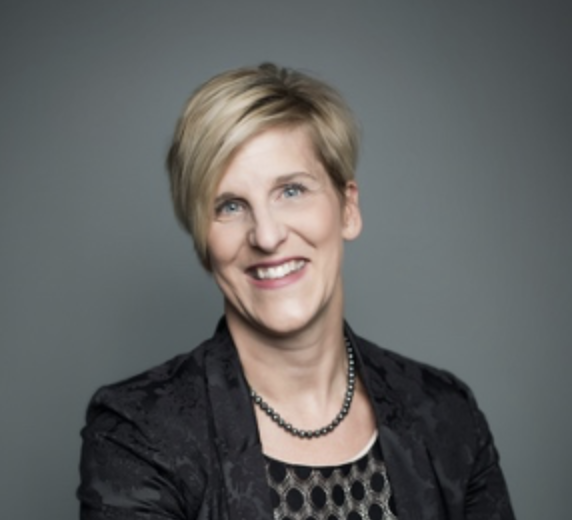
Ann Marie Luce, Ed.D. Kehoe France Southshore
Dr. Ann Marie Luce is a proud scholar practitioner who believes that our moral imperative as leaders is to build the capacity of others through service, strengths-based support and coaching. As an educator and school principal, Ann Marie has served a variety of communities in Canada, China and the United States. Ann Marie’s doctoral research at Gonzaga University was focused on how leaders develop their cultural intelligence to lead in a global context. She believes that trust, transparency and collaboration are the keys to success for school leadership.
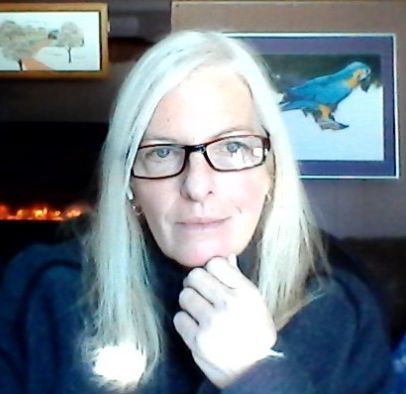
Jolene Lockwood
Jolene Lockwood has been an educator for 30 years in the US and abroad, and has over 15 years of coaching and consulting experience. She is a certified Dare to Lead™️ and Daring Classroom™️ facilitator for best-selling author Brené Brown and also does work around the world as a Cognitive Coaching Agency trainer, most recently for the Heritage Xperiential Schools in New Delhi, India. Jolene specializes in building and sustaining leaders that cultivate courageous cultures to transform the ways we learn, lead, and live.

Lindsay Prendergast
Lindsay Prendergast is an education leader and coach with sixteen years of experience serving schools both in the US and as a Principal in the Dominican Republic. Currently, Lindsay is a School Improvement Coach for NWEA and a Framework Specialist for The Danielson Group. She regularly designs and leads diverse professional learning experiences in both English and Spanish for ASCD, Learning Forward, Faria Education, ECIS, and Cognia.

Bridget McNamer
Bridget McNamer currently serves as Chief Navigation Officer for Sidecar Counsel, which aims to bring more women into leadership roles in international schools, enhance their leadership capacities once there, and cultivate an environment where women in these schools – and thereby all members of the school community – can thrive. Prior to creating Sidecar Counsel, she served as a senior associate with Search Associates and, in her earlier career, was an international philanthropy professional with more than 20 years’ experience in advancing social change in the foundation, corporate responsibility and education sectors.
